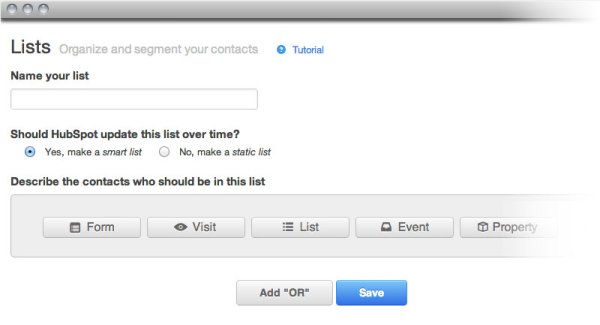 The birth of social networking sites like Facebook, Twitter, LinkedIn and Pinterest has opened doors for communication, connecting and expression for online marketers. These communities allow a level playing ground for discussions with marketers and prospects to interact and engage with each other. These forums give business owners and marketing professionals the opportunity to promote their brands by educating their prospects about their products and services - while potential and current customers can offer their suggestions and opinions for a better marketing experience.
The birth of social networking sites like Facebook, Twitter, LinkedIn and Pinterest has opened doors for communication, connecting and expression for online marketers. These communities allow a level playing ground for discussions with marketers and prospects to interact and engage with each other. These forums give business owners and marketing professionals the opportunity to promote their brands by educating their prospects about their products and services - while potential and current customers can offer their suggestions and opinions for a better marketing experience.
Many businesses use social media incorrectly and ineffectively, and ultimately fail to gain successful and strategic marketing and sales campaigns for their businesses. Jim Klossner wrote an article mentioning the common mistakes businesses make in using social media, such as:
- Their Communication and Posts Are Too Formal - Tone is an important part of communication, and it can set the stage for your online relationships. For a B2B social media account, the social media managers in charge might be tempted to keep a corporate tone. After all, shouldn't you be professional when you're talking to other professionals?
- They Participate in Too Many Channels - Facebook, Twitter, LinkedIn, and Pinterest; there are many social media platforms for B2B companies to choose. In social media, however, there is such a thing as too much of a good thing. Unless you have a full team of social media managers to handle all these platforms, it's nearly impossible to be effective in every channel.
- They Start Using Social Media without a Plan - The same company leaders who wouldn't dream of starting a business without having a plan in place will jump into social media with both feet without so much as researching what the competition is doing. The "it's the thing to do" mentality leads to stagnant accounts, inconsistent tone, and sloppy brand presence.
These are just a few of the things mentioned in his article. Check out “5 Social Media Practices that Can Hurt Your Marketing Efforts”, to find out what you shouldn’t do when you use social media for your business. Learn what to do, and apply these practices directly and immediately into your social media marketing strategy.
Social media can be one of the best ways to champion your business, as long as you know how to use it for your business’ advantage. As with any other aspect of marketing, there are rules to follow for success, so learn from others that have gone before you to save you time, energy and other resources. Above all, be sure you maintain a strong relationship with your current and potential customers by continuously interacting with them.










